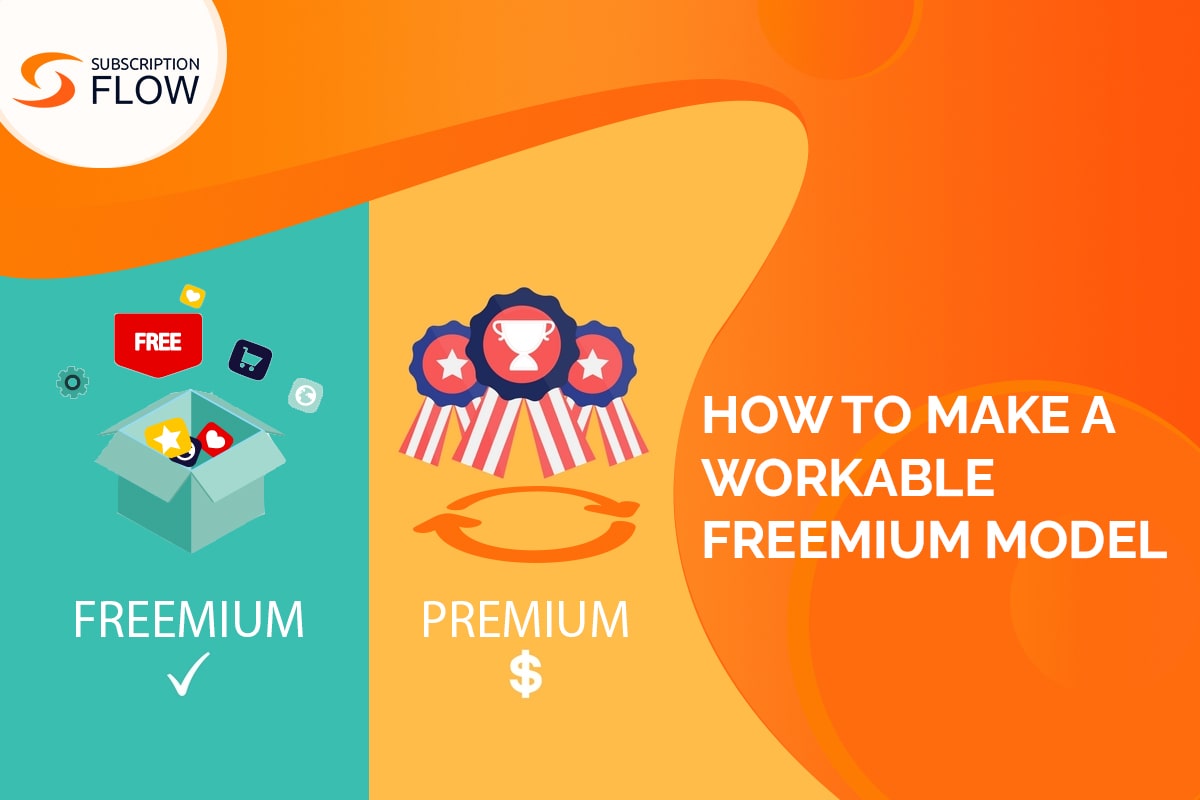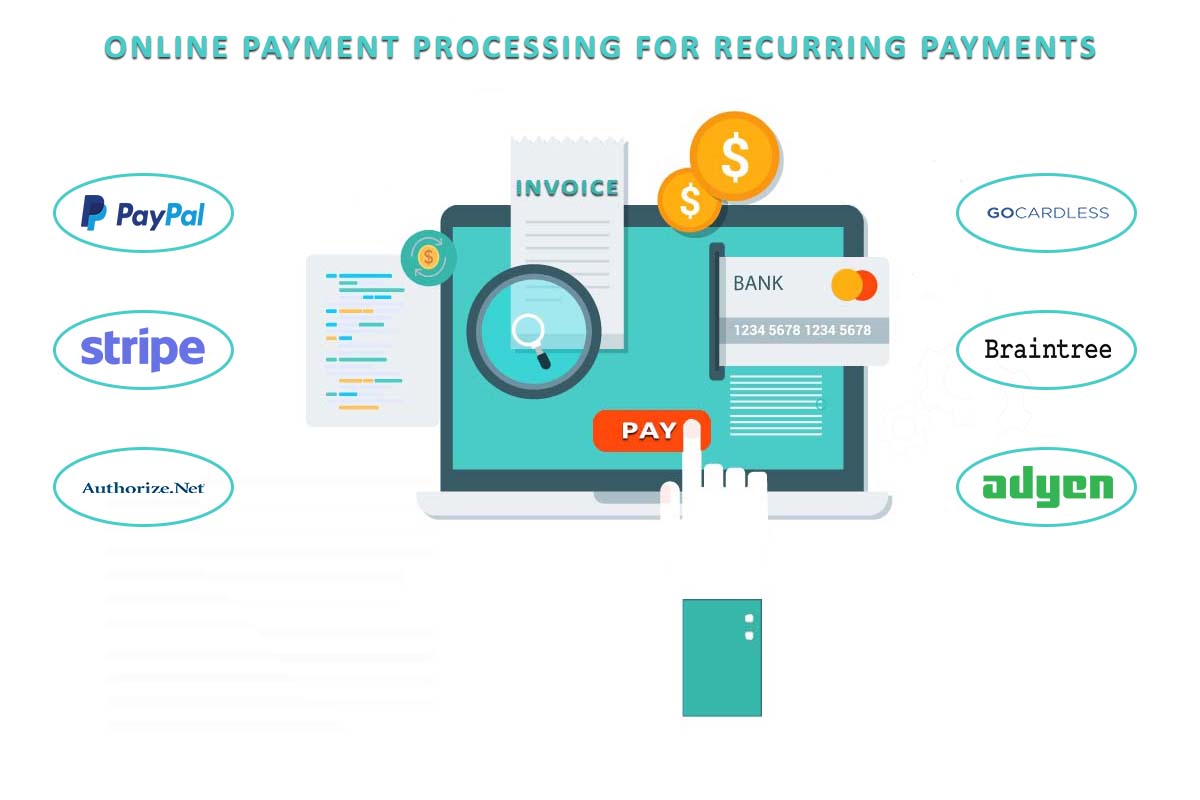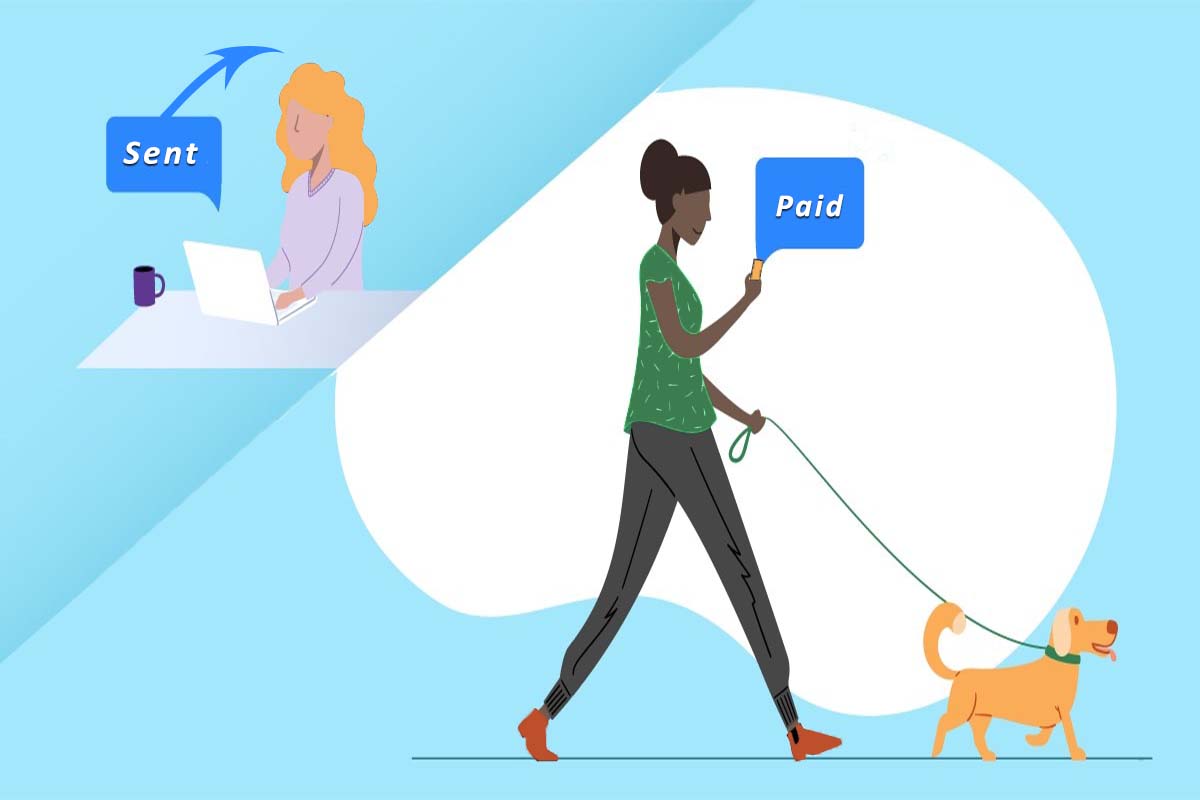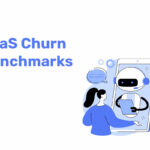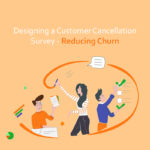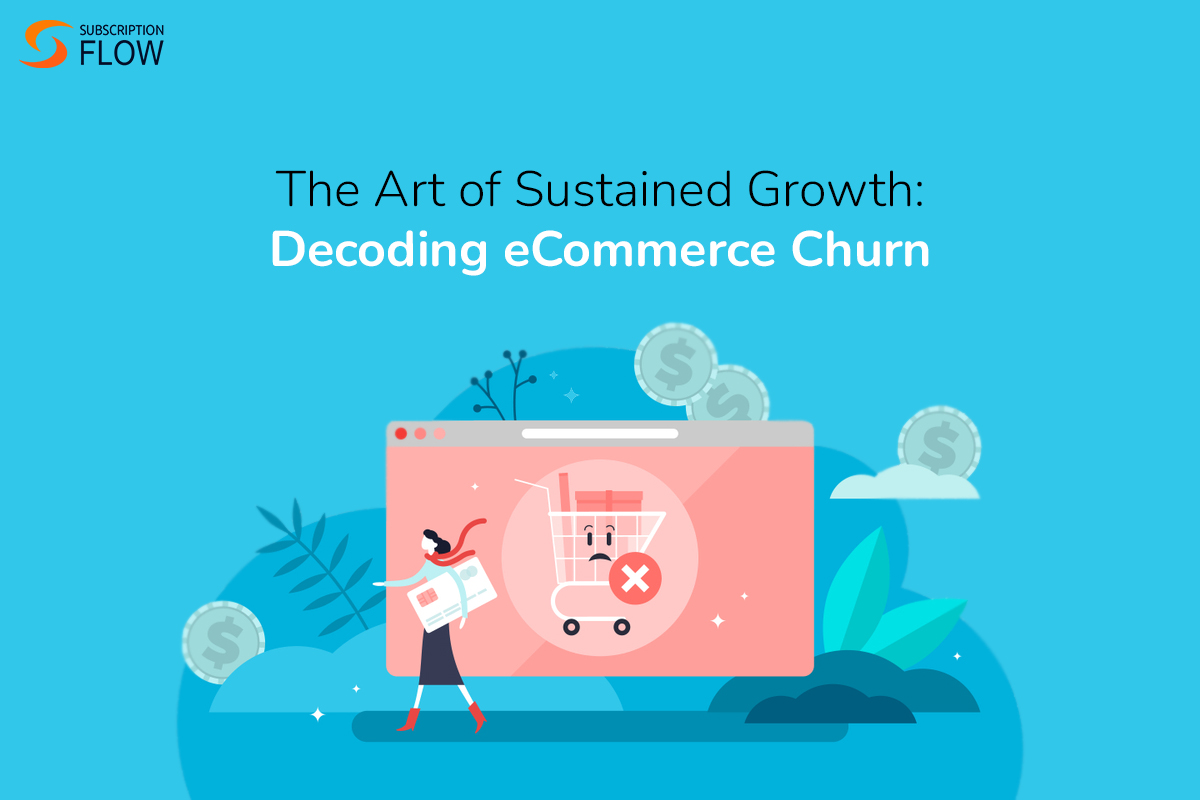
The Art of Sustained Growth: Decoding eCommerce Churn
For eCommerce business owners, there’s nothing quite like the heartbreak of losing a customer who took a chance on your business and then decided to leave for good.
As inevitable as churn is in the process of growing an eCommerce platform, there are also plenty of ways to minimize and proactively prevent it from occurring. This is what makes eCommerce churn analysis so important in building a strong foundation for sustainable business growth.
If you are curious about eCommerce churn, how to effectively calculate and interpret it, and what you can do to nip it in the bud, this article is for you.
Understanding Churn – Some Basics
Simply put, churn is what occurs when customers take their business elsewhere.
Read More: Effectively Deflect Churn: Demystifying Churn Indicators
For businesses offering subscriptions, it is easy to isolate the exact moment when this happens – a subscriber signed up, experienced your offering, and cancelled their subscription for some reason.
Zeroing in on that reason was, is vital for your business to effectively improve customer retention and plug future revenue leaks.
Types of Churns: Voluntary vs Involuntary
Churn may be classified as voluntary and involuntary churn with the former referring to a customer’s active decision to terminate their subscription, and the latter referring to a passive loss of customers through problems such as payment failure.
Read More: Top Strategies to Manage Subscription Payment Failures
What is Churn in the context of eCommerce?
In the context of eCommerce, online stores offering subscriptions must account for both voluntary and involuntary churn, whereas regular eCommerce stores are more concerned with quantifying and preventing voluntary churn.
In the context of single purchase eCommerce businesses, calculating churn can be a bit more complicated because customers that do not come back for a repeat purchase, could theoretically come back at some point in the future and the customer attrition event is not as clear and localized as in the case of subscriptions.
Nevertheless, there is a criterion used to assess and quantify customer attrition in this context as well. Since, what gets measured, gets managed, it is extremely important that eCommerce businesses strategize how to track also churn that is not associated with subscriptions.
How to Measure Your Churn Rate in eCommerce?
Churn rate refers to the number of customers lost in a specific period, typically a month, quarter, or year.
For Subscription-based eCommerce Businesses
This one’s easy.
Typically, this involves subtracting the sum of the number of customers at end of a period and the customers acquired during that period, from the number of customers you started with.
This ration is then divided by the initial number of customers at the start of this period. Multiplying with 100 gives you a percentage.
To illustrate, if you started the month with 1200 customers, ended it with 1100 and acquired 10 new customers. Your churn rate for that month would be calculated as follows,
It is important to account for the customers added in the same period so they do not mask the loss of customers during the same period.
For Regular eCommerce Businesses
Now, on to the harder one. Follow these steps to calculate a churn rate for businesses that are not working off active cancellation data:
- Export sales data from your repeat customers
- Calculate an average time interval between purchase. This may vary significantly based on your product offering. If you are not working with a large data set, make an educated estimate from consumer behaviour and usage analytics.
- Group customers into cohorts based on the date of their first purchase.
- Track the cohort’s purchase pattern over a period.
As a rule of thumb, for any one customer cohort, the churn rate is the percentage of customers who didn’t reorder over a period greater than two times the average repeat purchase timeline.
To illustrate this, imagine a small jewellery business that has 100 orders placed in January 2023. Let’s assume that their average repeat purchase time is 4 months. If 70 of their customers made a purchase in the next 8 months i.e., by August 2023, only 30 were lost. The churn rate is 30%.
What is an Acceptable Churn Rate for eCommerce?
A next logical question might be, so we have a number, but what does it mean? Is 30% good, or bad, or alarming bad or remarkably good?
This is a tricky one to answer solely because it is not only industry-dependent but also depends on the nature of your business and what you sell. What might be a dauntingly bad churn rate for one industry might be business-as-usual, even healthy for another industry.
When it comes to businesses offering subscriptions a 5% churn rate is considered average. However, for single purchase businesses such as our jewelry business, 75% would be considered an average (and normal) churn rate. This means a jewelry, skincare or clothing store can expect only about 25% of their customers to return for a repeat purchase.
How to Sustainably Reduce Your Ecommerce Churn Rate?
The following are some tried-and-tested ways to improve your customer retention and effectively lower your eCommerce churn rate:
1. Increasing Product Value
A very high number of customers that do not return for a repeat eCommerce purchase do so because the quality or added value of the product didn’t justify a repeat purchase. On a fundamental level, it is important to provide a high-quality product and meet your customer’s expectations to foster loyalty.
Gathering customer feedback and paying close attention to their reviews can help you in this regard. It is important to also keep adding value through innovation in your offering to incentivize repeat purchases.
2. Providing Stellar Customer Service
Stellar customer service is not enough to convince customers to buy again from your store but any lacking in this regard is sure to kill the potential for a repeat purchase. After all, a single negative experience with customer service can result in customer attrition.
3. Aligning Purchase Cycles
It is important to strategize customer engagement and create repurchase plans based on your product’s purchase lifecycle. For example, toilet paper needs to be replaced every month, but a skincare product might take 2-3 months before it needs to be replenished. This is important in setting up subscription periodicity but also important for one-off sales.
If you know your customer might need replenishment at a certain point in the purchase timeline, that is the best time to enter their field of vision with an automated email saying hello.
4. Rewarding Loyalty
How you treat your repeat clientele has a huge impact on their lifetime value. Reward loyal customers with discounts and loyalty rewards to help them form a relationship with your business. After all, personalisation is one of the top emerging sale trends in 2023.
5. Gathering Feedback
There’s no feedback better than that straight out of the horse’s mouth. Take every opportunity to understand customer sentiment regarding your business without being annoying. Exit surveys for subscriptions are very useful and encouraging customers to leave reviews can also be a powerful strategy to gather useful insights.
Reviews also encourage new customers and facilitate your customer acquisition process.
6. Optimizing Your Checkout Flow
Checkout and cart abandonment are big causes for concern for ecommerce businesses. Any clog or ambiguity can cost you a customer due to the sensitive nature of this operation. If your customer feels that your checkout flow is untrustworthy or clunky, they might see their purchase through but would not be compelled to return a second time.
You can orchestrate frictionless payments by integrating with a reliable and well-trusted payment gateway and utilize SubscriptionFlow’s to set up a seamless, trusted, frictionless and pleasurable checkout experience for your eCommerce shoppers.
Conclusion
In conclusion, minimizing customer churn is crucial for the sustainable growth of eCommerce businesses. Analysing churn data, understanding its types, and accurately measuring churn rate, can empower businesses to proactively improve customer retention.
To sustainably reduce churn, focus on increasing product value, providing stellar customer service, aligning purchase cycles, rewarding loyalty, gathering feedback, and optimizing the checkout flow. These efforts will help foster customer loyalty, drive repeat purchases, and contribute to the long-term success of your eCommerce business.




